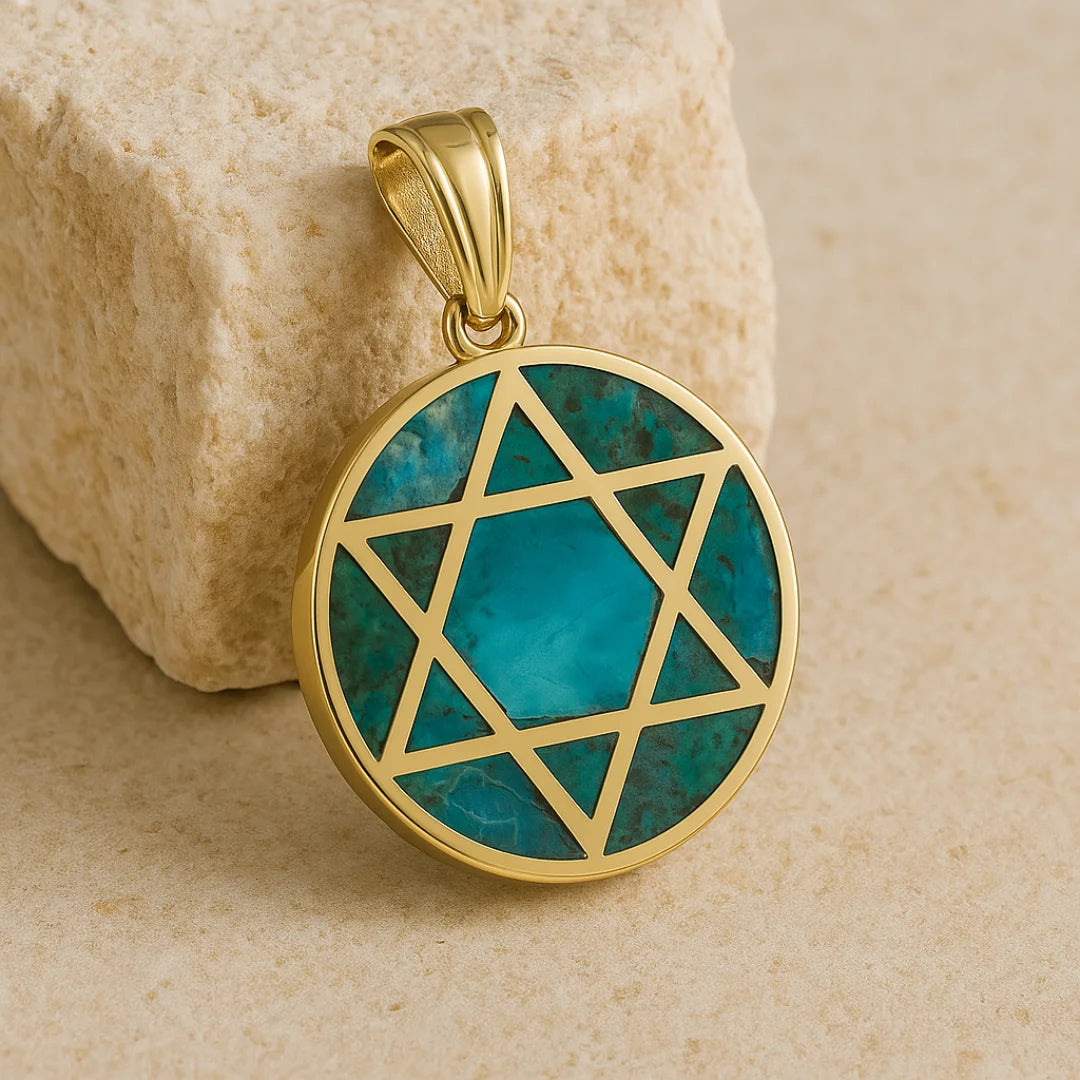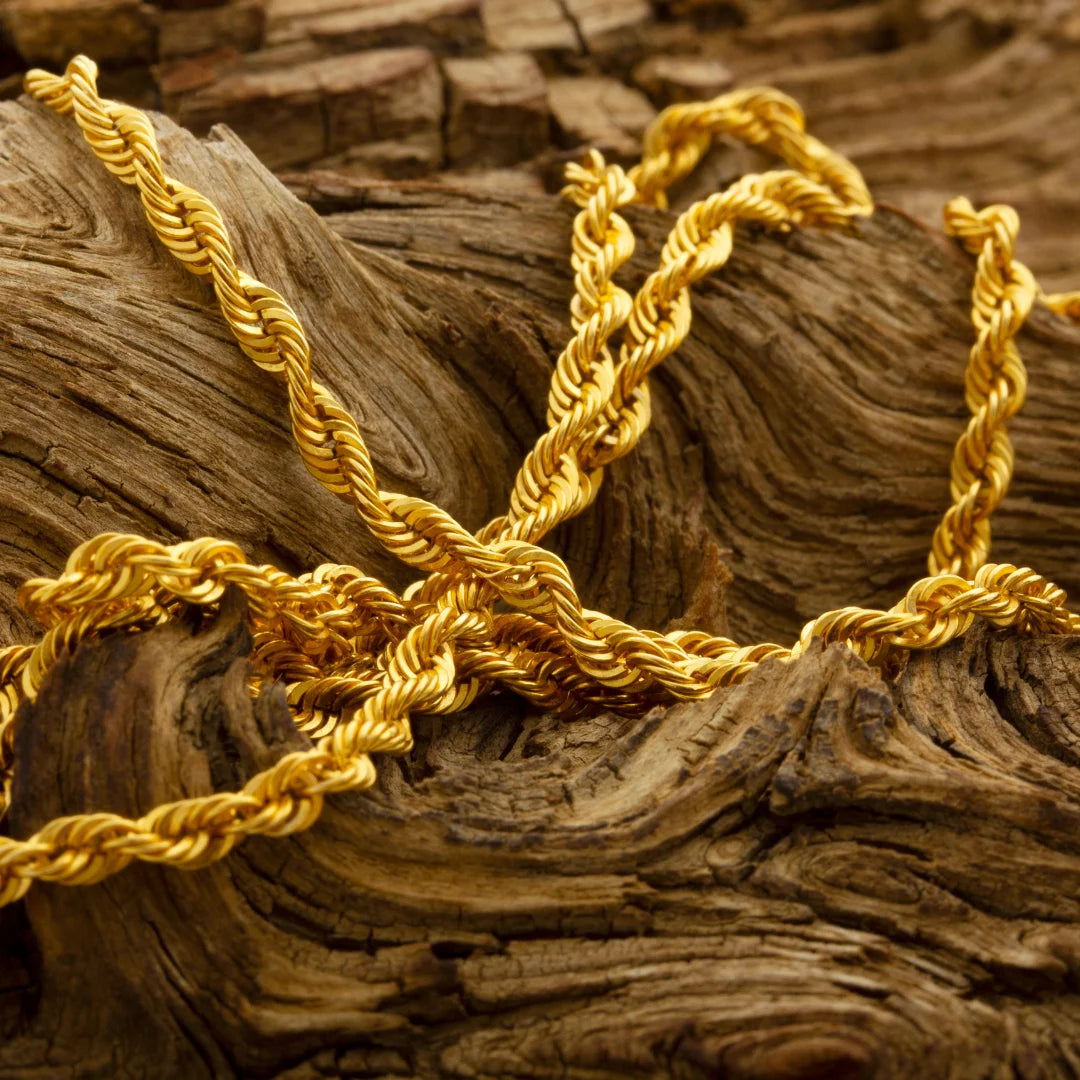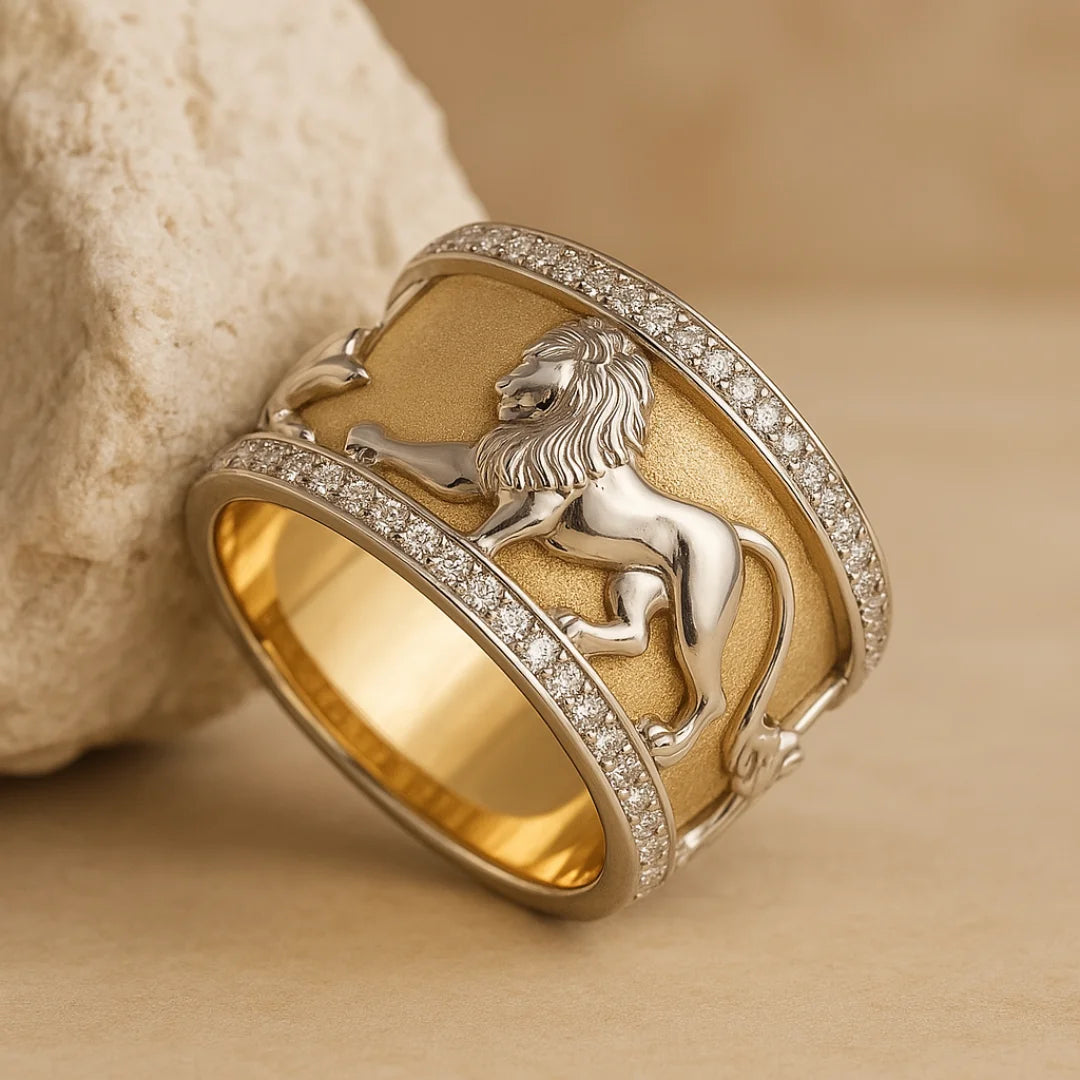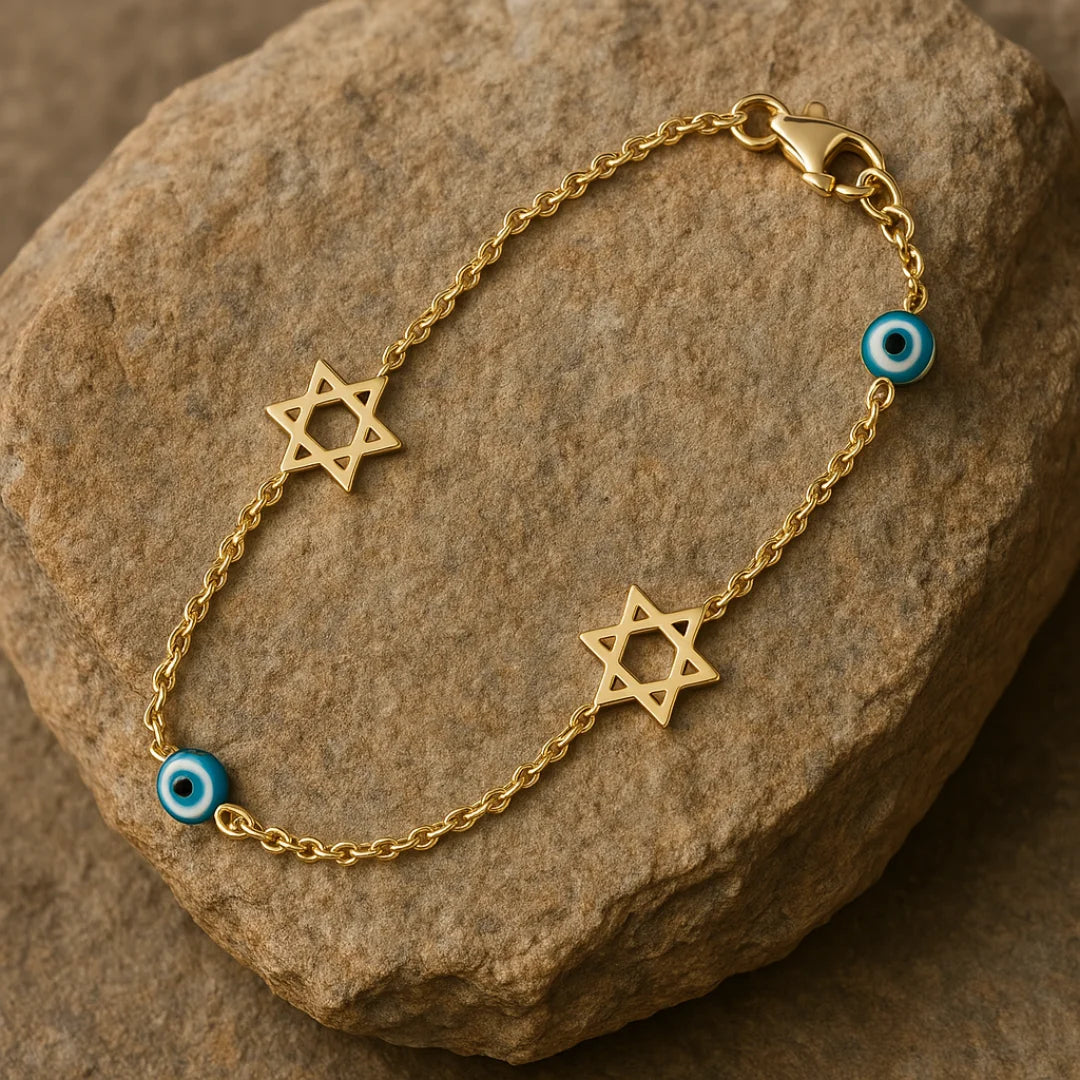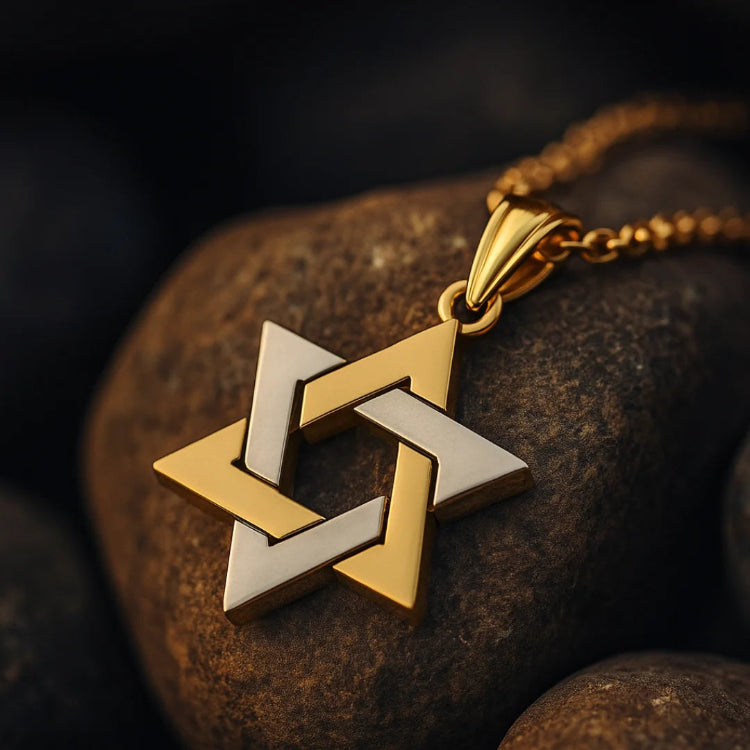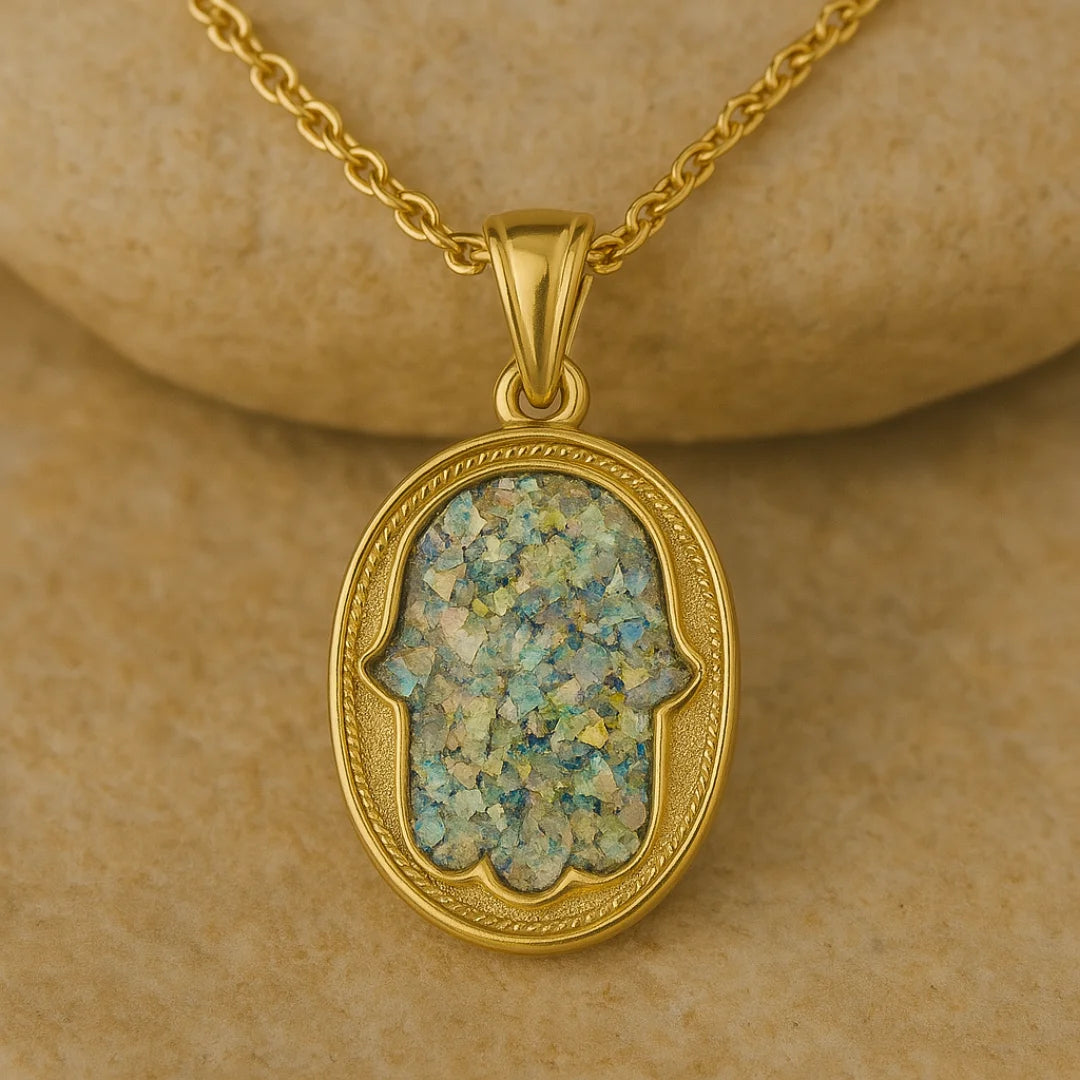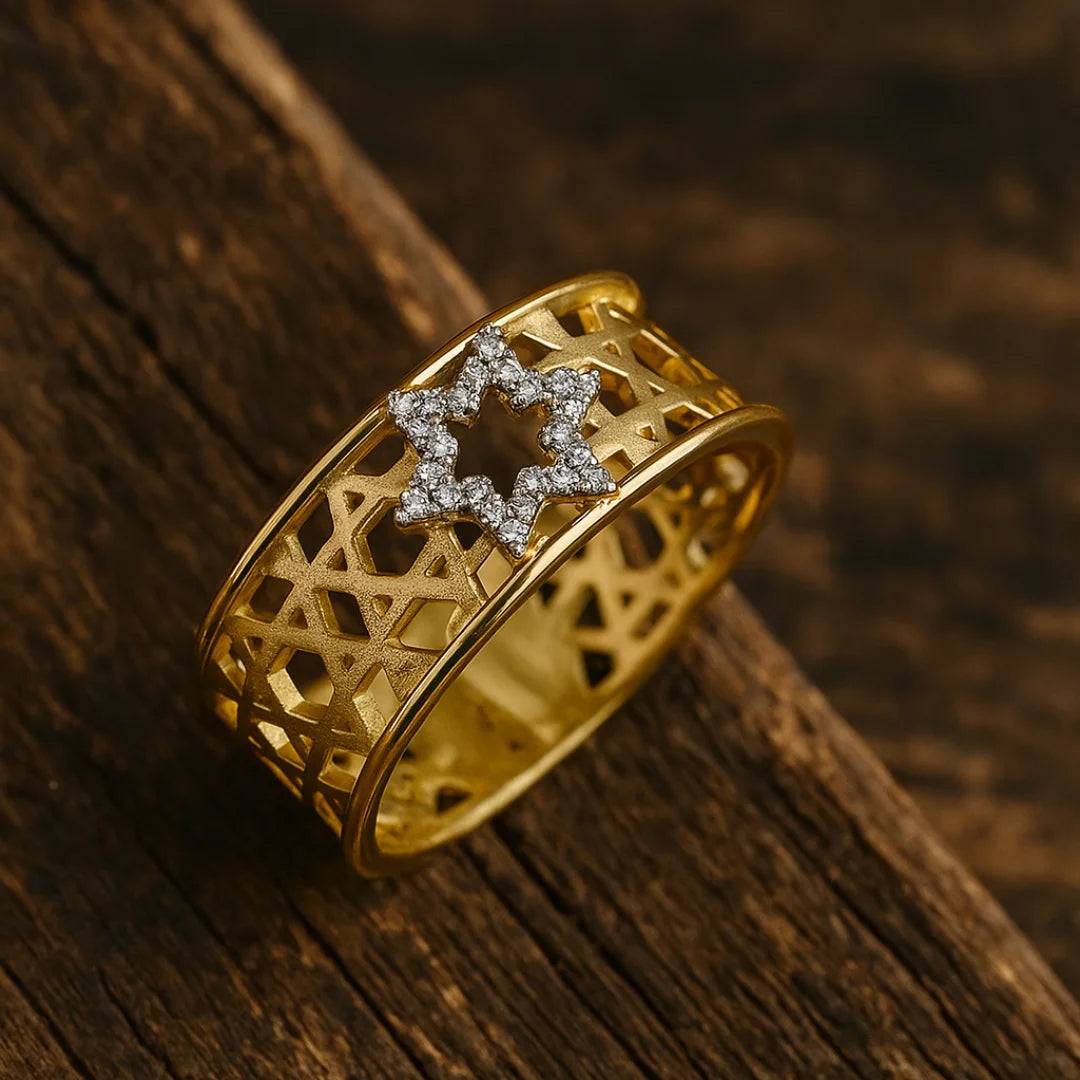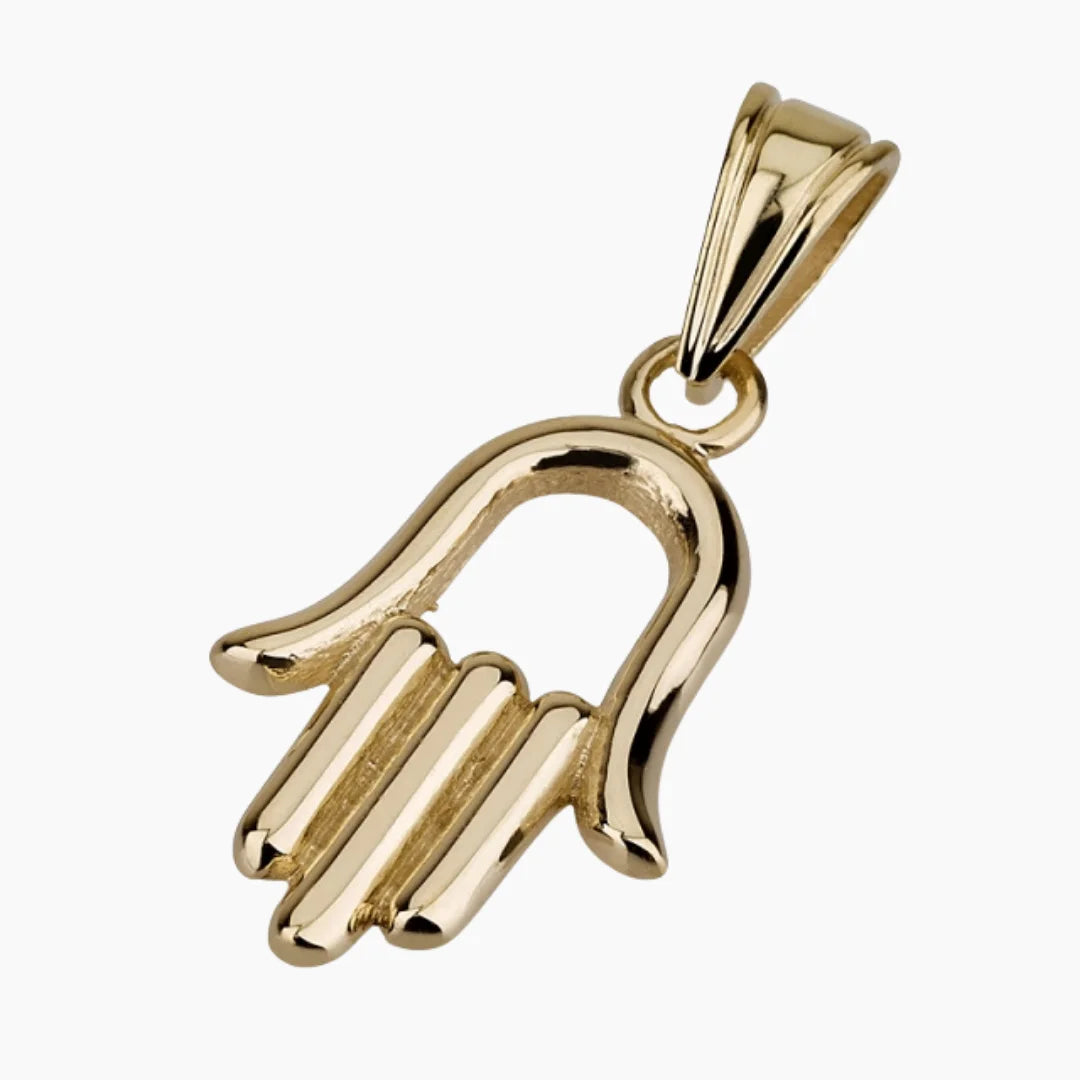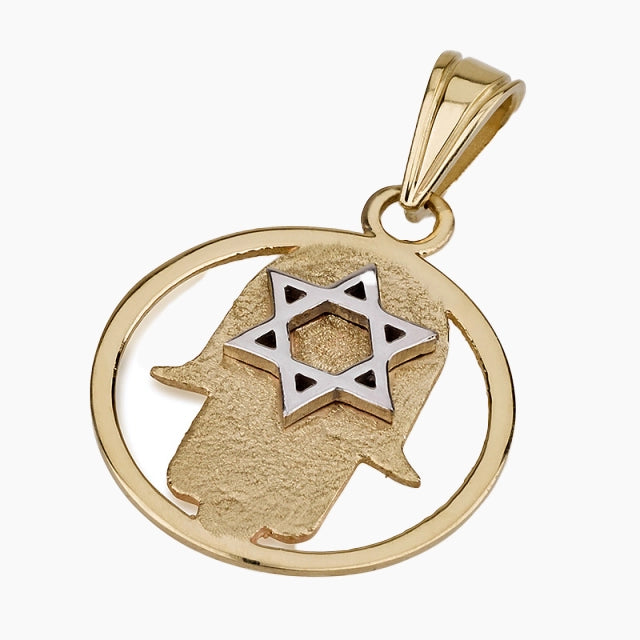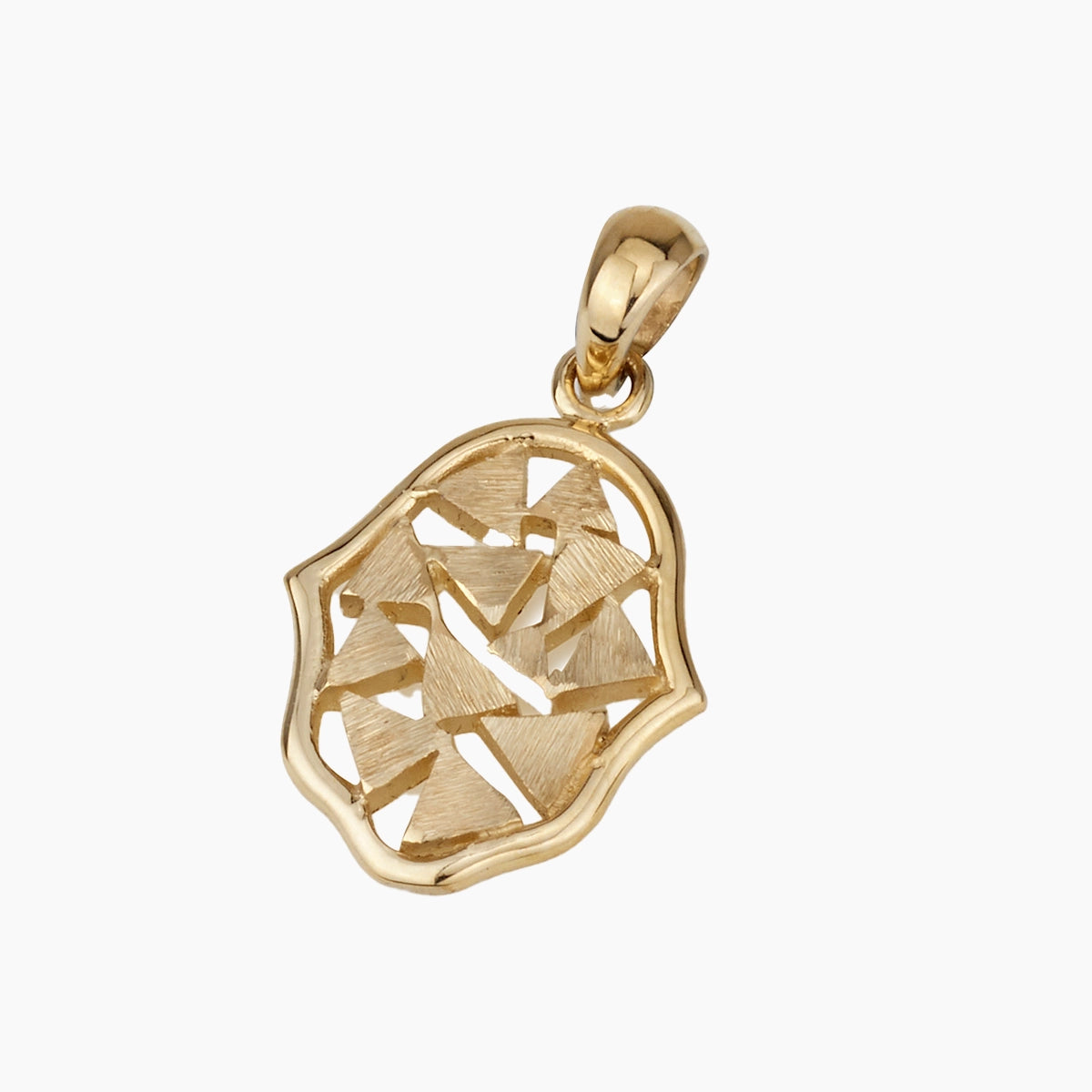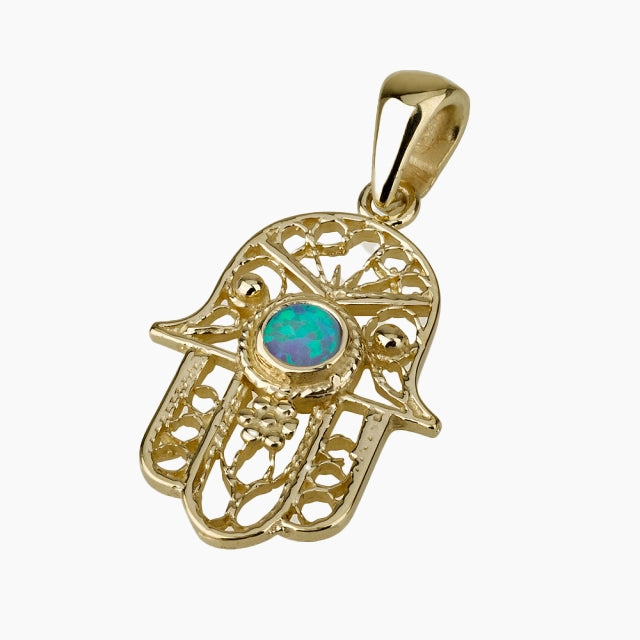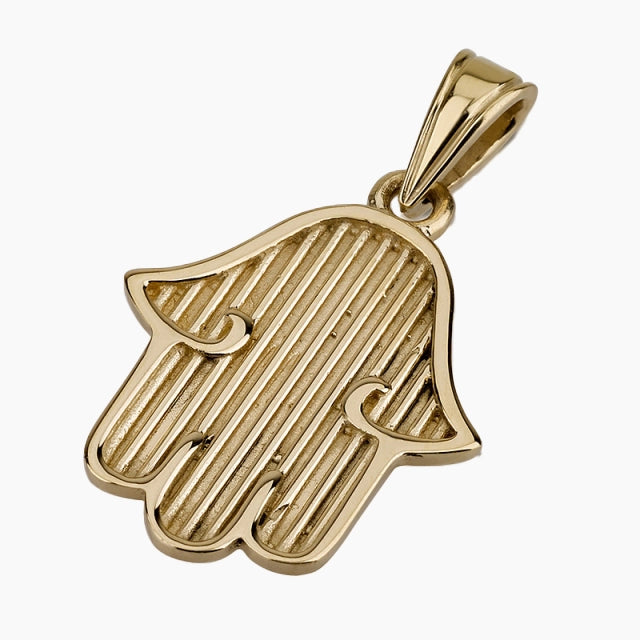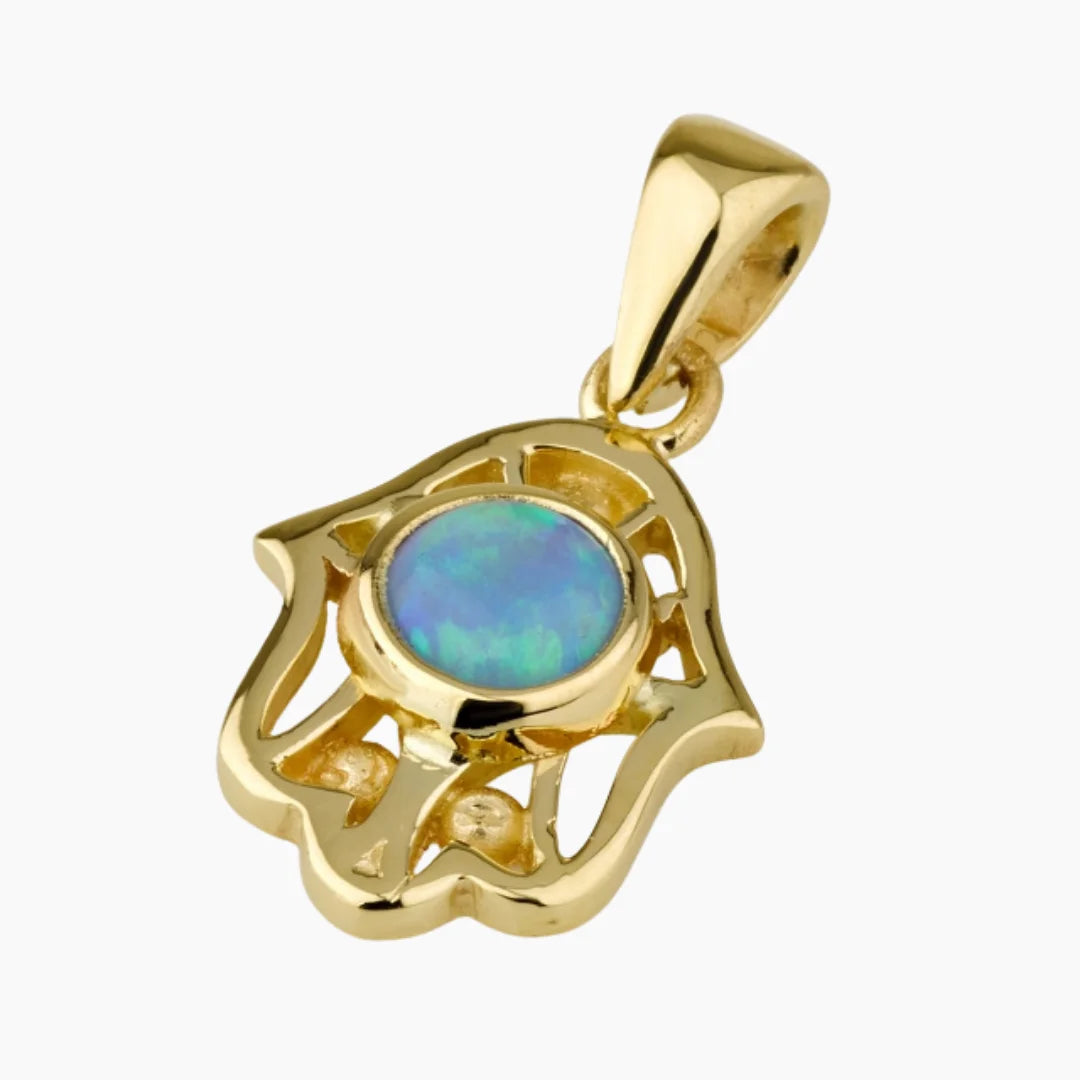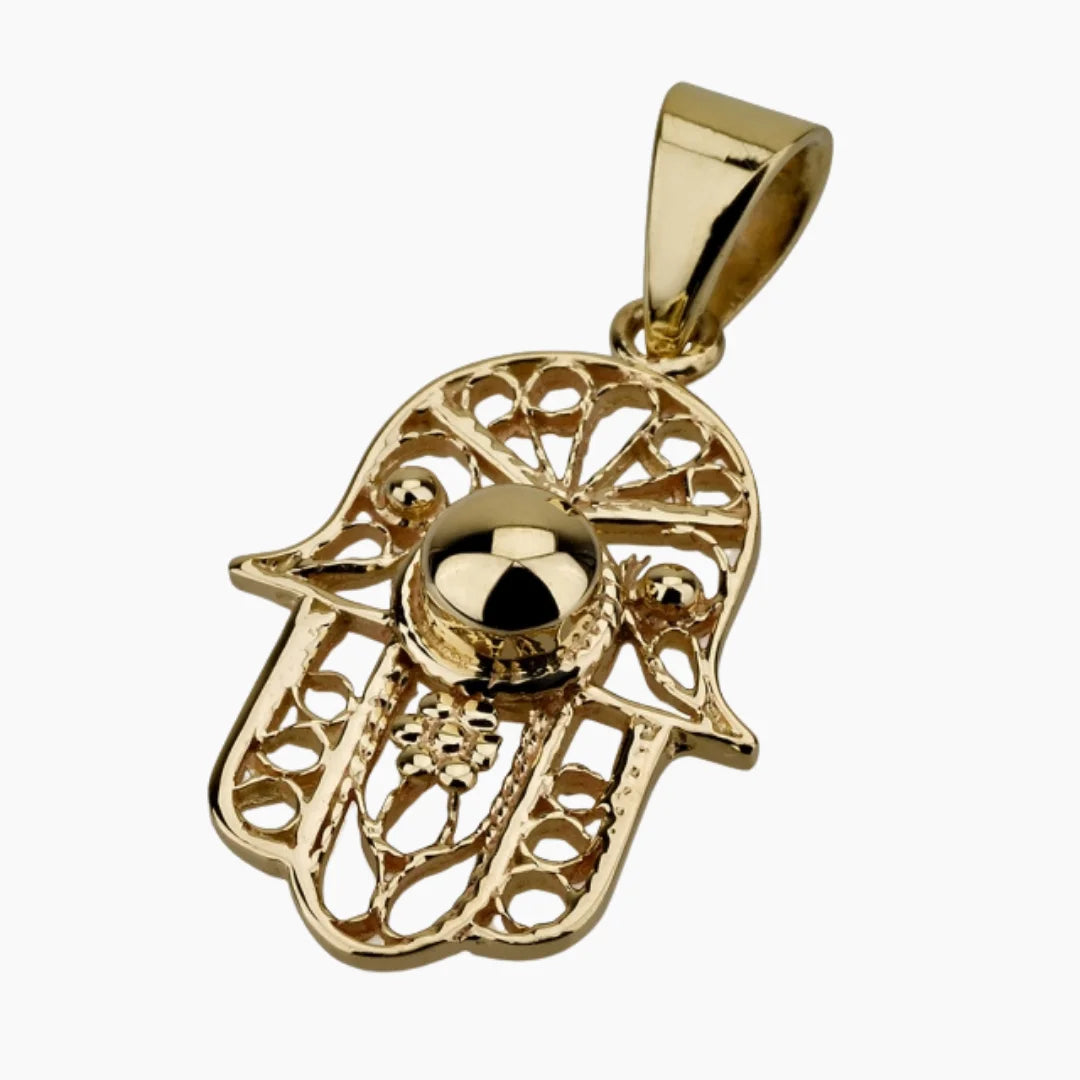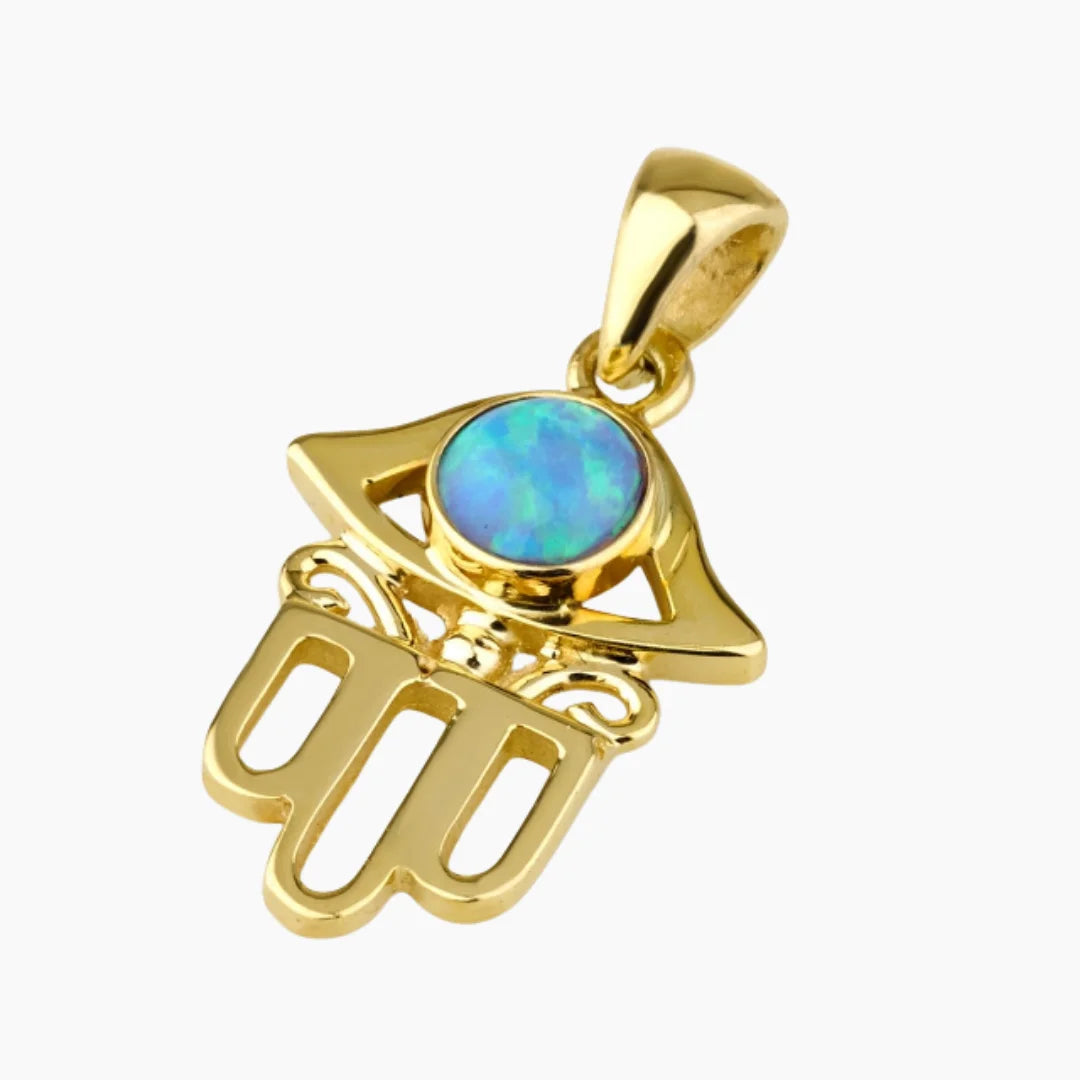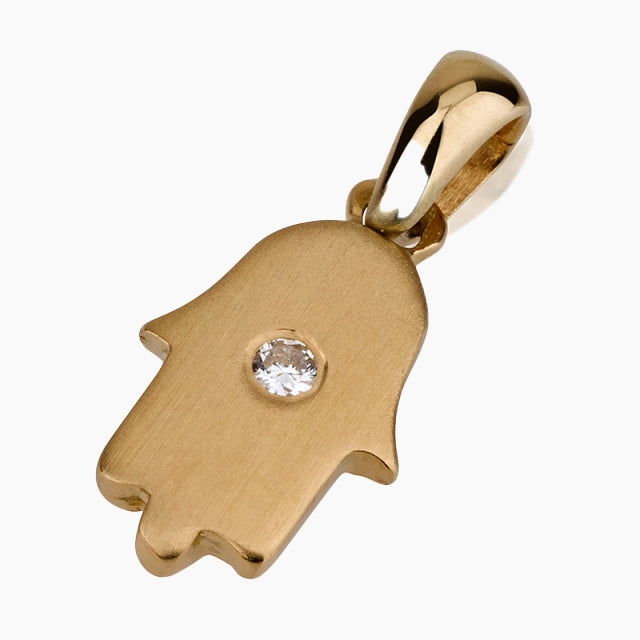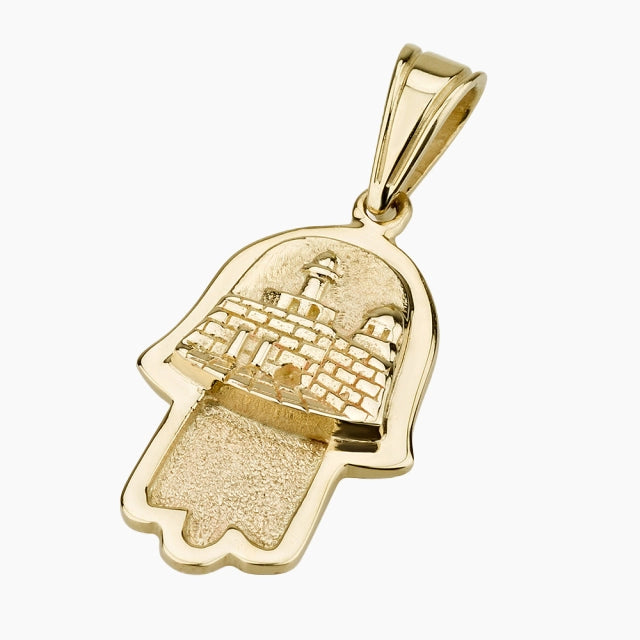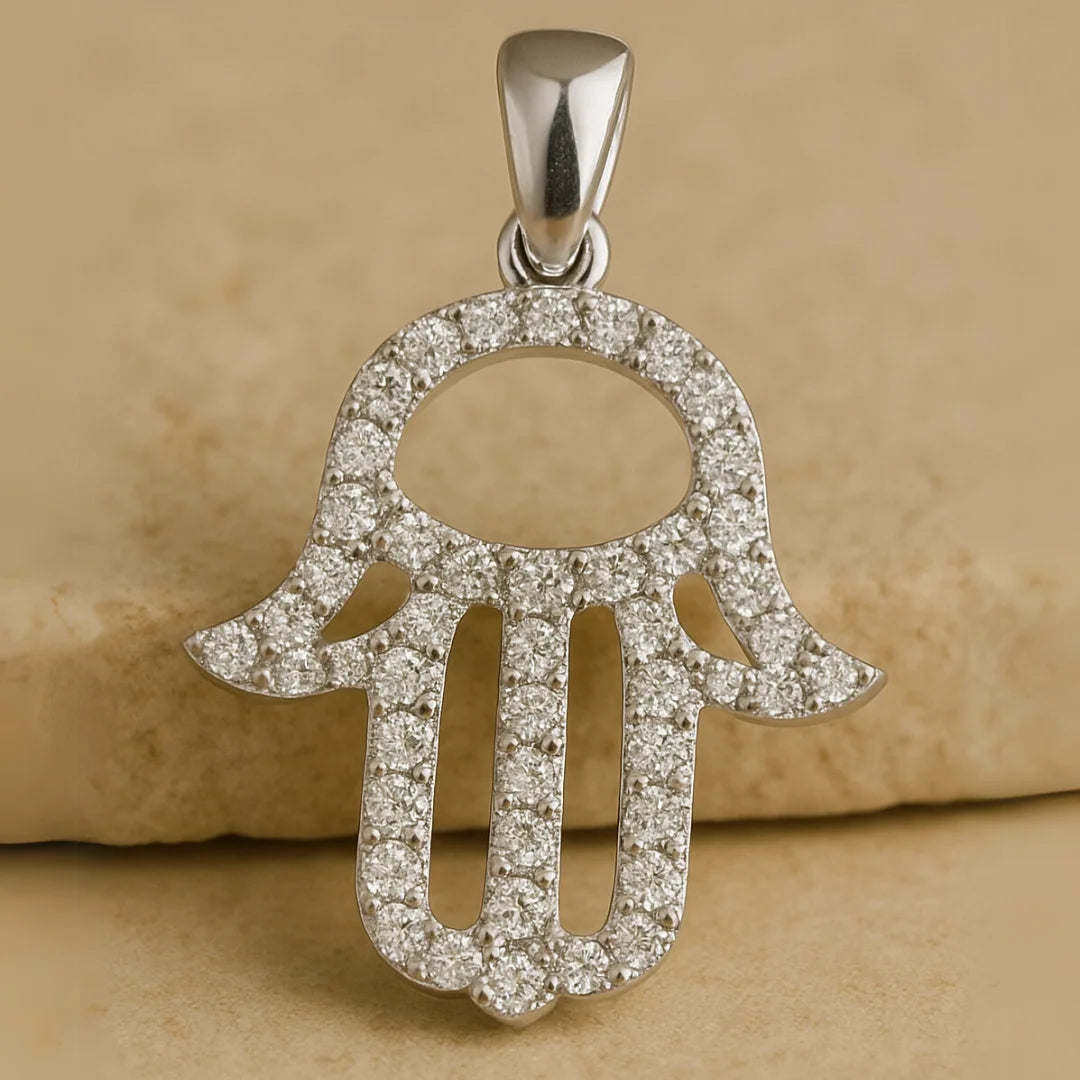
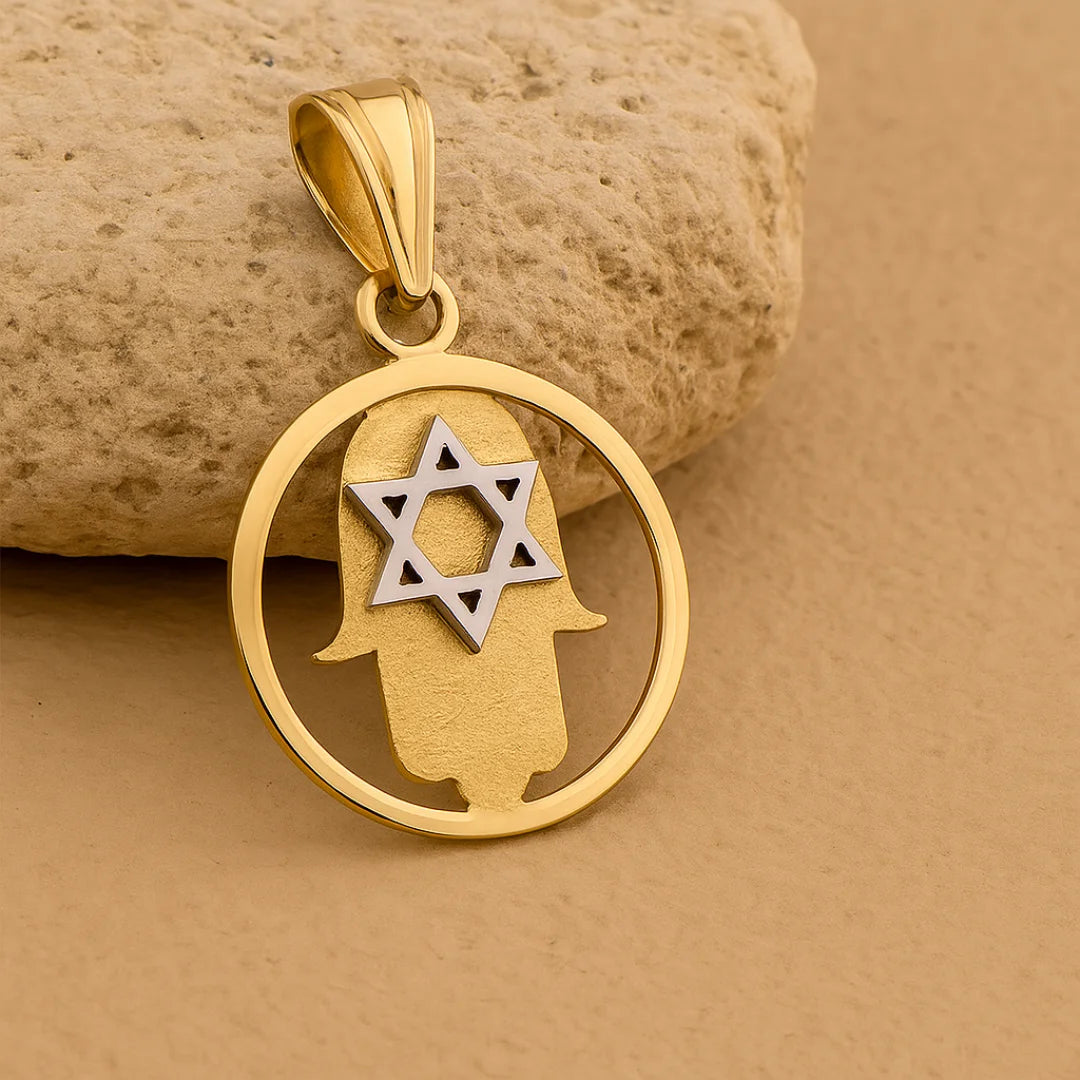
Hamsa
Hamsa Jewelry: Who & Why Wear it? History, Meaning & Modern Styles
The Hamsa hand is one of the most widely recognized and cherished symbols globally. Formed in the shape of an open palm, at times with an eye in the center, it has been employed as a symbol of protection, blessing and power for thousands of years.
In Judaism, it is known as the Hand of Miriam, a symbol of belief, guidance and strength. In other cultures, it goes by different names and descriptions, but the symbolism is the same, to ward off danger and usher in peace.
As Hamsa became jewelry, it changed from wall art and talismans to something that people could wear every day. No matter if a necklace, a bracelet, or a ring, Hamsa jewelry is worn for its spiritual purpose as well as for its timeless beauty.
In this post, we’ll explore what the Hamsa is, its meanings in Judaism and beyond, how it became jewelry, the common designs you’ll see today and the role it plays in modern culture. We’ll also answer some of the most common questions about this enduring hand of protection.
What Is a Hamsa?
The Hamsa is a five-fingered hand-shaped symbol, commonly drawn to appear balanced and symmetrical. The fingers are sometimes drawn pointing up and sometimes pointing down and in most designs, an eye is included in the middle of the palm.
The Shape and Its Key Features
- Five fingers: typically two thumbs extending outwards, which is a symbol for balance and strength.
- The central eye: a feature found in most designs which symbolizes vigilance and protection against the "evil eye."
- Ornamental patterns: flowers, fish, or Hebrew letters are often incorporated in Hamsa designs to bring multiple meanings.
Early History of the Symbol
The open hand has been utilized as a protective symbol for thousands of years. Archaeologists have found amulets in the form of hands in Mesopotamia, North Africa and the Mediterranean. These ancient symbols were believed to bring protection against harm and blessings, especially in times of uncertainty.
Over time, the Hamsa was added to Jewish, Islamic and Christian traditions, all accepting the hand as a spiritual guardian.
The Meaning of the Hamsa Hand
The Hamsa hand never lost its powerful symbolism. Although the features of the hand may vary in all cultures, the underlying message is the same: protection, blessing and peace.
Hamsa With the Evil Eye
Most widespread usage of the Hamsa is as protection from the "evil eye", the idea that envy or bad thoughts are threatening. The open palm protects, with the central eye said to keep the wearer safe. The hand is also taken to be a giver, bringing blessings, good health and prosperity.
Spiritual Interpretations Across Cultures
Other than protection, the Hamsa also carries spiritual meaning in balance and harmony. The five fingers have been equated to the five senses at times, reminding people to live life and be where they are. For Judaism, the Hamsa may signify God's presence and awareness. For Islam, patience and belief. Whatever it is, it brings hope and reassurance to those who wear or put it.
The Hamsa in Judaism
The Hand of Miriam and Jewish Tradition
In Judaism, the Hamsa is known as the Hand of Miriam, named for Moses' and Aaron's sister. Miriam is remembered as a great and caring woman who helped to give strength to the Israelites on their journey across the desert. The hand symbol holds those same qualities: direction, protection and blessing.
Hamsa is usually combined with Hebrew letters, verses, or other Jewish imagery like the Star of David. Hamsa talismans are suspended in homes by numerous families, worn as amulets, or given as gifts to celebrate life milestones.
Ashkenazi and Sephardic Usage
Among Sephardic Jews, the Hamsa was widely used for centuries, especially in North Africa and the Middle East, where it often made an appearance with the evil eye symbol as a double defense. Ashkenazi Jews, predominantly in Eastern Europe, less visibly made use of the Hamsa but still expressed similar ideas of protection against jealousy by means of blessings and customs. Today both groups wear and decorate with Hamsa jewelry, showing how the symbol unites Jewish communities across the globe.
The History of Hamsa Jewelry
The Hamsa began as a protective amulet, typically made of plain material like clay, stone, or silver. Over time, it became jewelry that people wore every day, with its blessing at hand.
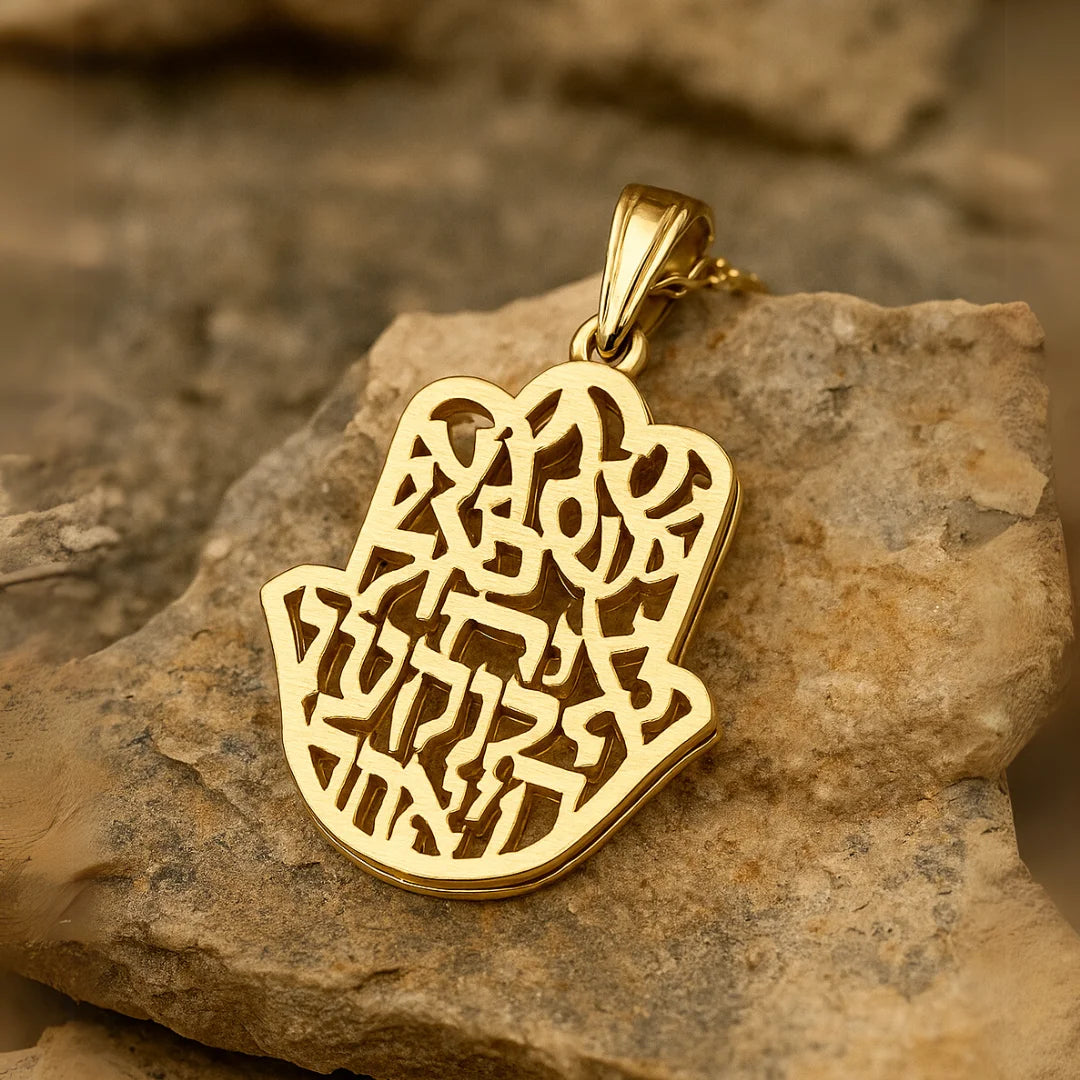
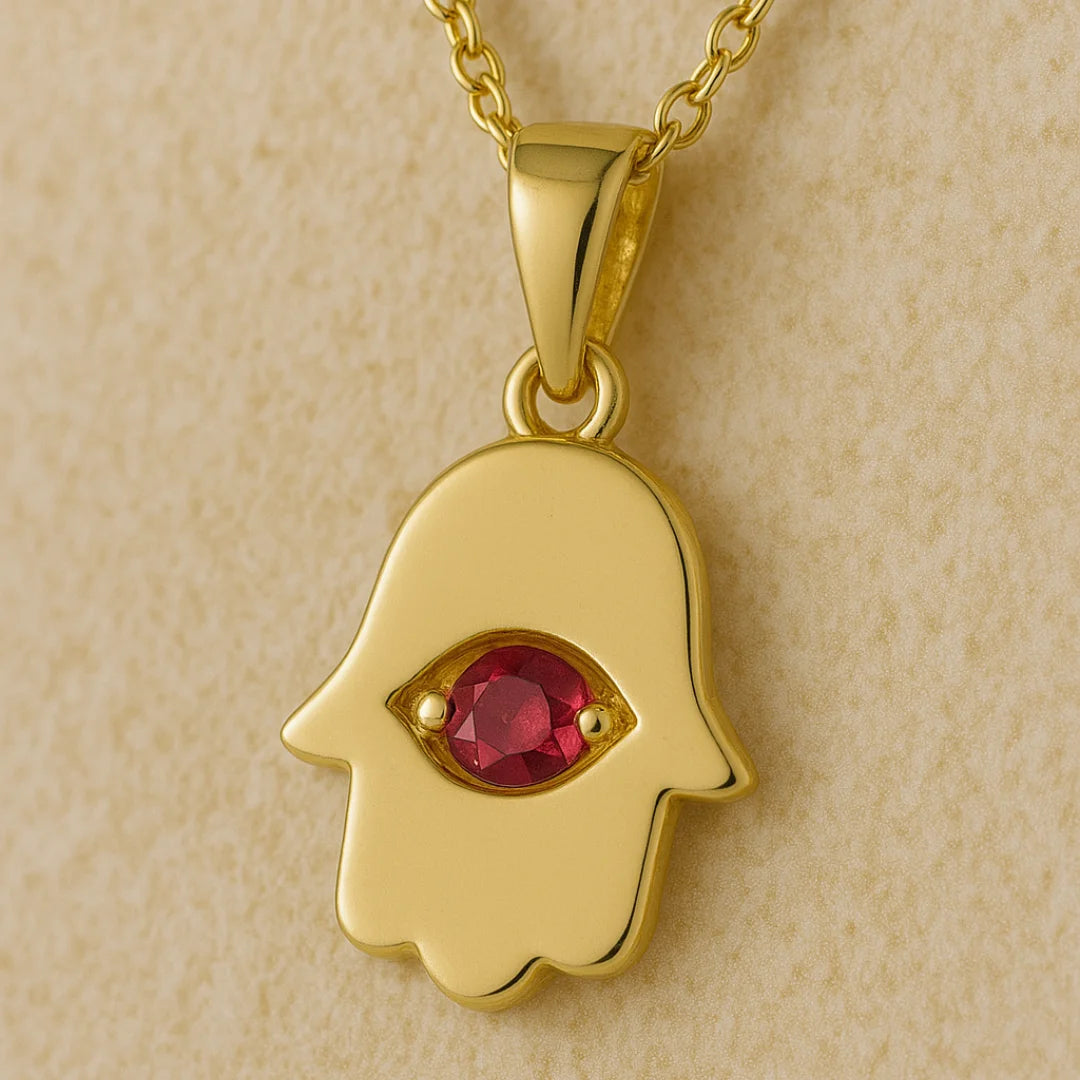
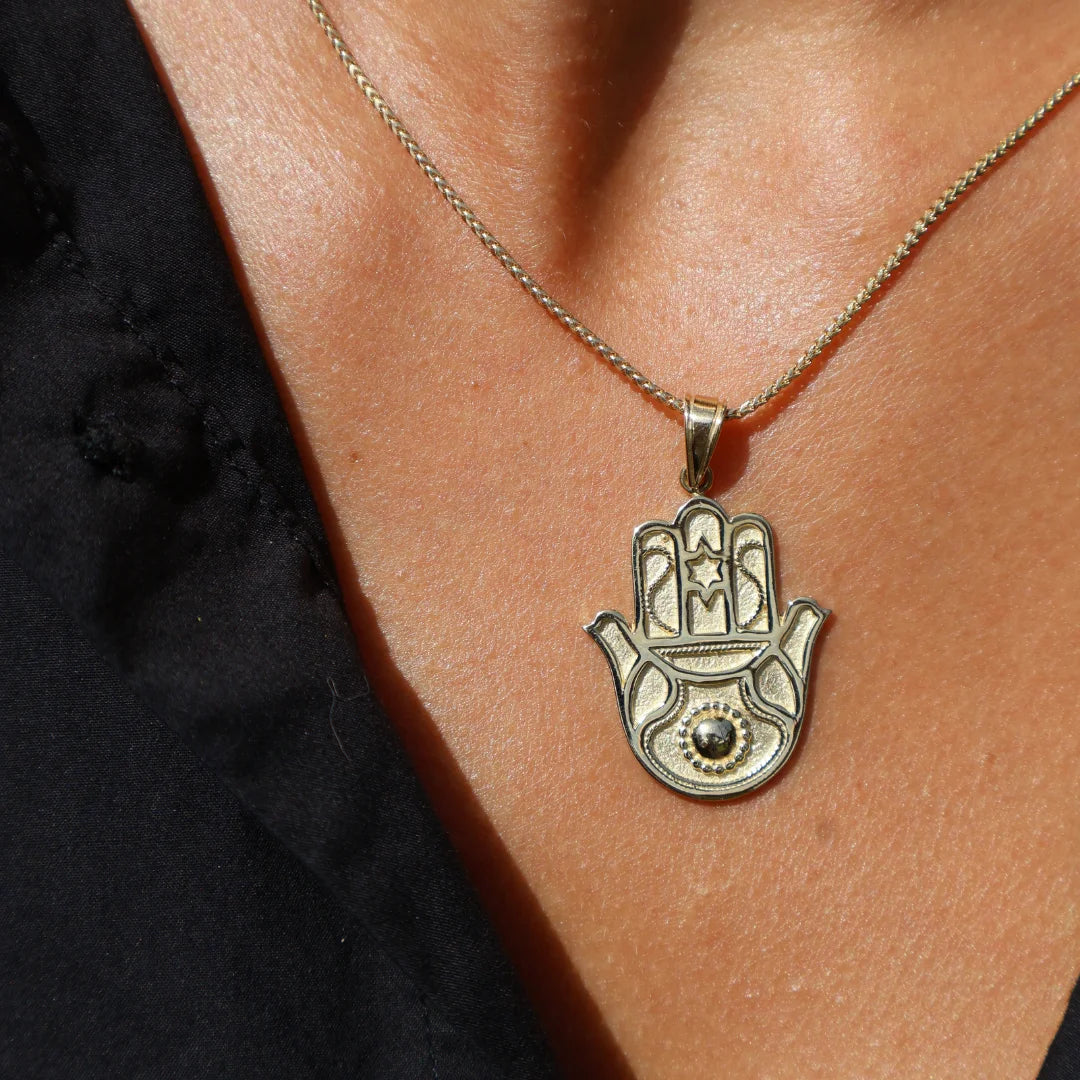
From Ancient Amulets to Everyday Ornaments
In earlier centuries, Hamsas were probably kept in living quarters or worn as amulets for protection against harm. Once jewelry was in vogue, the Hamsa was inserted into necklaces, bracelets and rings. Such a shift implied that not just did people possess the symbol to keep on them at all times, but they were also able to share their identity and faith through individual decoration.
Hamsa with Evil Eye: A Combined Symbol
One of the most popular evolutions of design is the combination of the evil eye with the Hamsa. Placing an eye at the center of the hand, the jewelry doubles its protective significance. This design now adorns the world from traditional Judaica charms to modern vogue collections.
From amulet to jewelry, the journey shows how the Hamsa changed over time without losing its core meaning of protection and blessing.
Classic Designs and Materials Used in Hamsa Jewelry
There are many designs of Hamsa jewelry, from the traditional types to modern expressions. All designs share the same protective essence but express it differently.
Necklaces and Pendants
The most popular form of Hamsa jewelry is the necklace or pendant. The jewelry is mostly worn close to the heart to symbolize one's own faith and protection. The pendants may be simple shapes of the hand or decorated with Hebrew letters, gemstones, or an eye at the center.
Bracelets and Rings
Hamsa charm bracelets also rank high in popularity, usually small and delicate, occasionally with accompanying beads or red strings for additional symbolism. Hamsa in ring type is less common but shares the same protective symbolism, often designed with boisterous engravings or gemstone embellishment.
Gold and Modern Interpretations
Gold Hamsa jewelry has also become especially trendy because it unites religious heritage with timeless style. Some are minimalist designs, with unadorned lines, and some are highly detailed and ornate, piled high with symbols like the Star of David or the word Chai. Simple or detailed, though, these accessories bring the ancient symbol into contemporary fashion.
Hamsa Jewelry from Israel
Israel is among the most important places to find Hamsa jewelry, as the symbol ties intricately to Jewish culture and Middle Eastern tradition. Israeli artisans tend to make Hamsa jewelry in age-old techniques. The jewelry tends to include Hebrew text, blessings, or Torah quotations. Some include the Hamsa as part of other protective symbols like the Star of David or the word Chai, adding layers of complexity to the design.
Modern Israeli Designs for Global Wear
At the same time, modern Israeli jewelry designers are reinterpreting the Hamsa in new designs. Elegance adorns gold pendants, minimalist silver strokes and gemstone-adorned trinkets charm global consumers without losing the spirit of the symbol. These adornments prove how the Hamsa undergoes transformation, from a local custom to a global symbol of faith, beauty and protection.
Featured collection
Hamsa Jewelry
Frequently Asked Questions
Hamsa designs are typically an open palm with five fingers, occasionally with an eye in the middle. In jewelry, the Hamsa appears as pendants, necklaces, bracelets, earrings and rings. Some consist of bare lines, while others have gemstones, Hebrew letters, or combined with symbols like the Star of David or the evil eye.
The Hamsa represents protection, blessing and energy. It is usually believed to protect against the "evil eye", harm caused by ill will or jealousy, and also to bring peace, health and good fortune.
Hamsa is a hand-shaped symbol used across Jewish, Islamic and Middle Eastern cultures. It is known as the Hand of Miriam among Jews and the Hand of Fatima among Muslims. It has been used as a religious symbol of protection and good luck for millennia.
It has been a daily amulet and jewelry design among Sephardic Jews, especially in the Middle East and North Africa, for centuries. The Sephardic Hamsa was not used overtly by Ashkenazi Jews of Europe, but many of them borrowed apotropaic practice against the evil eye, such as saying "bli ayin hara" ("without the evil eye"). Today, Hamsa jewelry is being worn by both Sephardic and Ashkenazi Jews all over the world.
Yes. The Hamsa is favored by Jews, Muslims, Christians and many others. When worn with respect, it may be a symbol of protective jewelry, spirituality, or cultural heritage.
The Hamsa hand has traversed centuries and civilizations, carrying the same message wherever it is carried: protection, blessing and power. From ancient North African talismans to modern gold pendants made in Israel, the symbol has undergone changes but lost none of its importance.
In Judaism, it is the Hand of Miriam, symbolizing strength and belief. In Islam, it is the Hand of Fatima and in Christianity, a symbol of purity and empathy. As jewelry, wall hanging, or present, the Hamsa unites past and present and offers comfort during times of uncertainty.
Today, Hamsa jewelry is no longer mere fashion. It's a way of carrying tradition, religion and hope near one's heart. Whether simple or ornate, silver or gold, each tells the same story: a hand that protects, brings together and encourages generation after generation.


